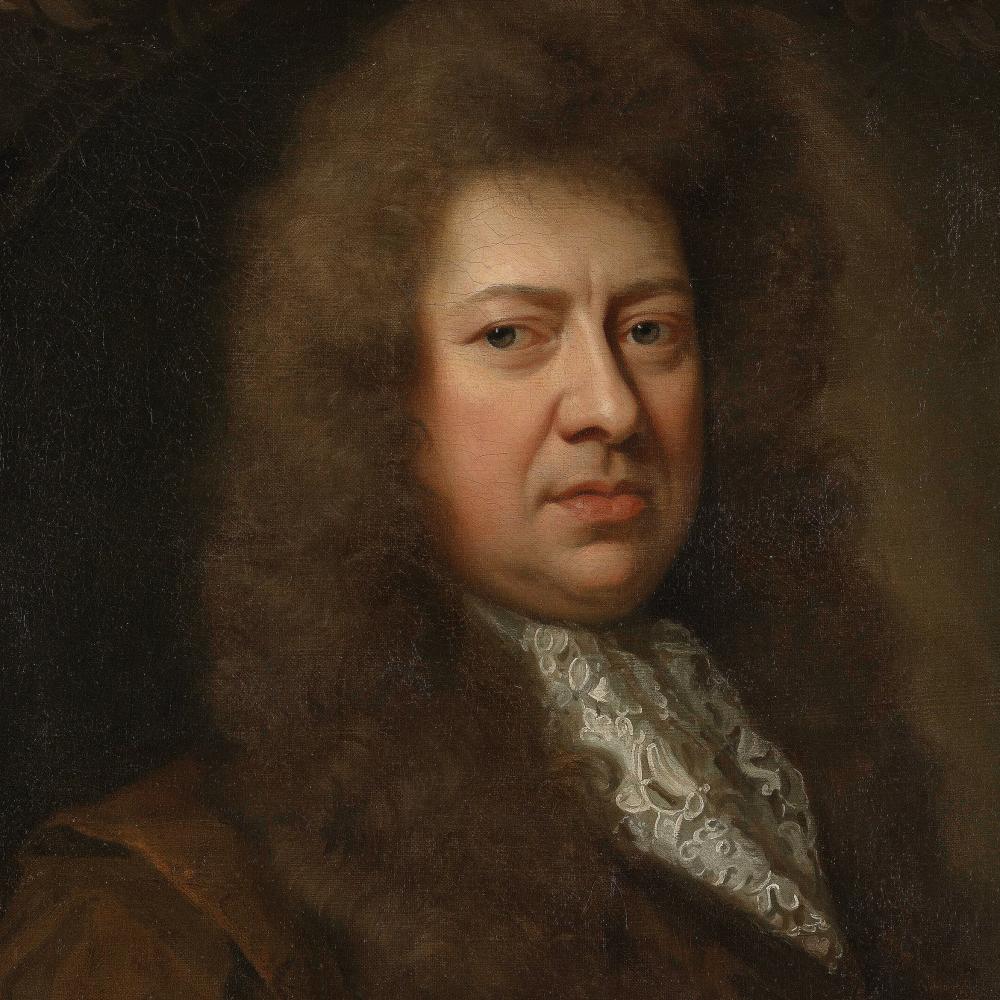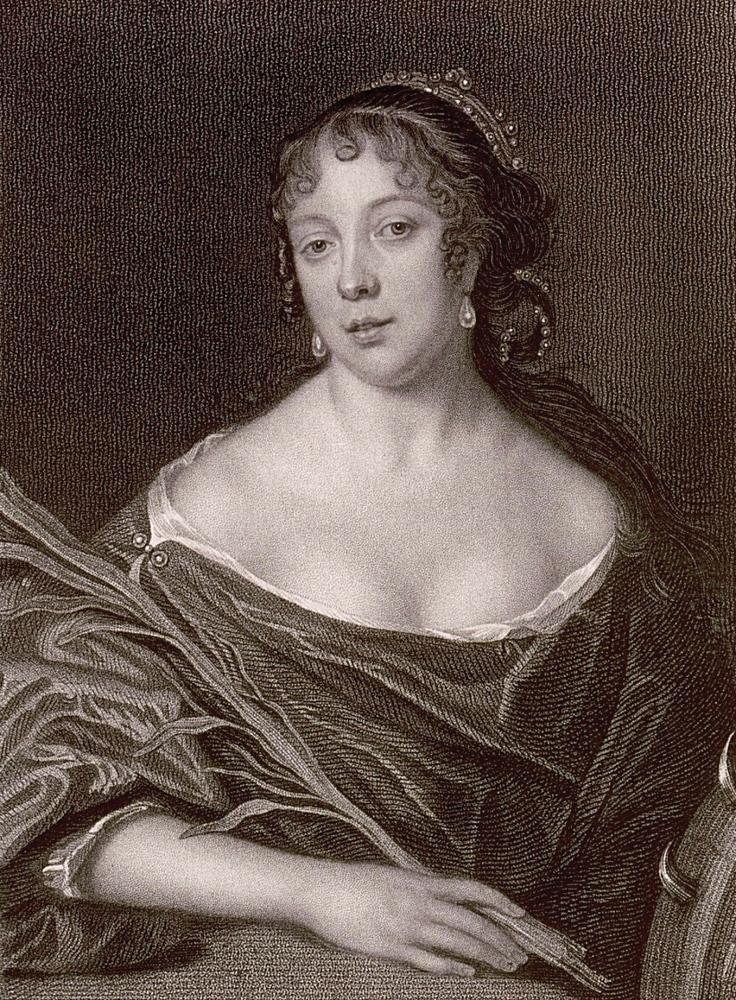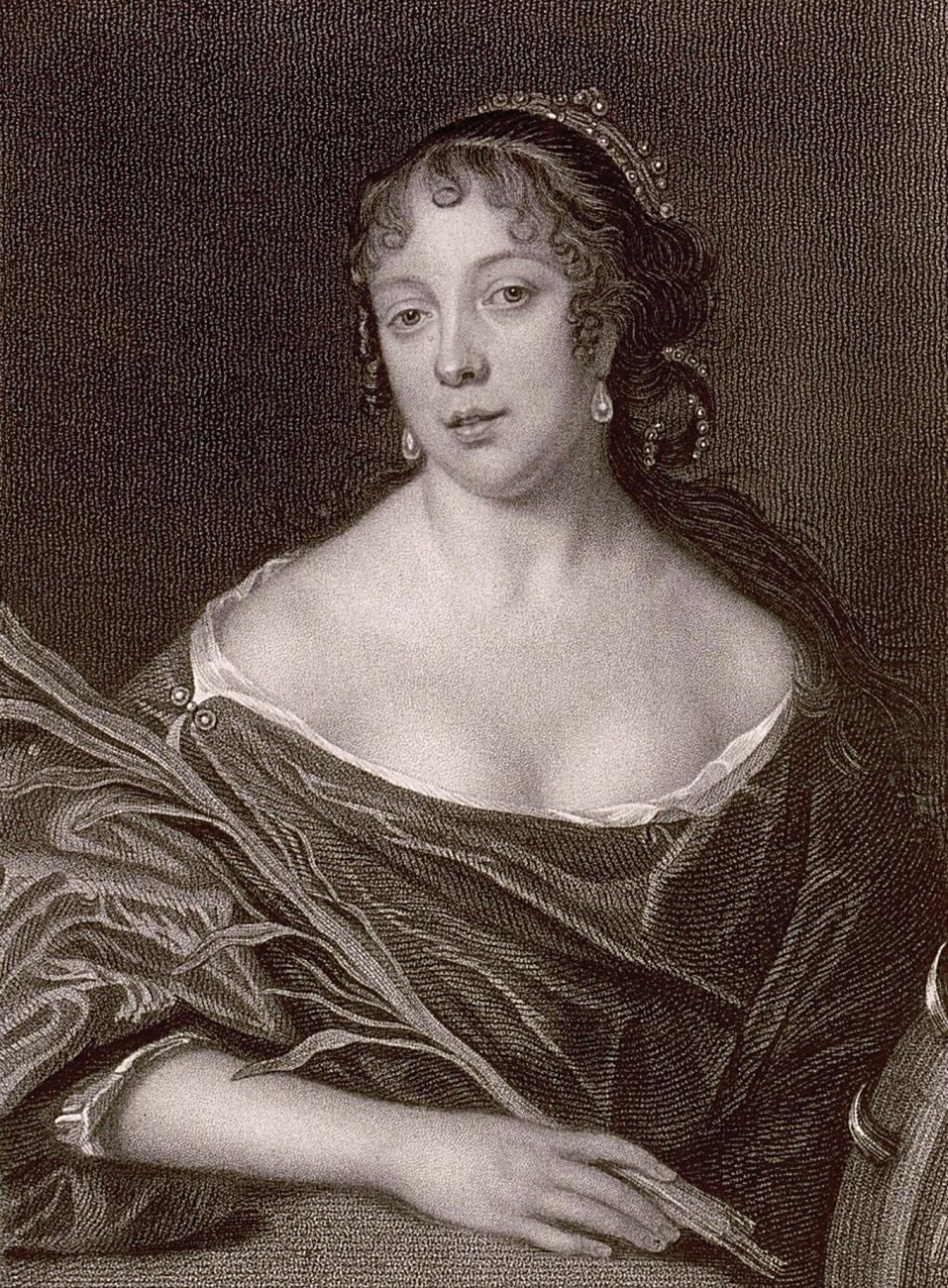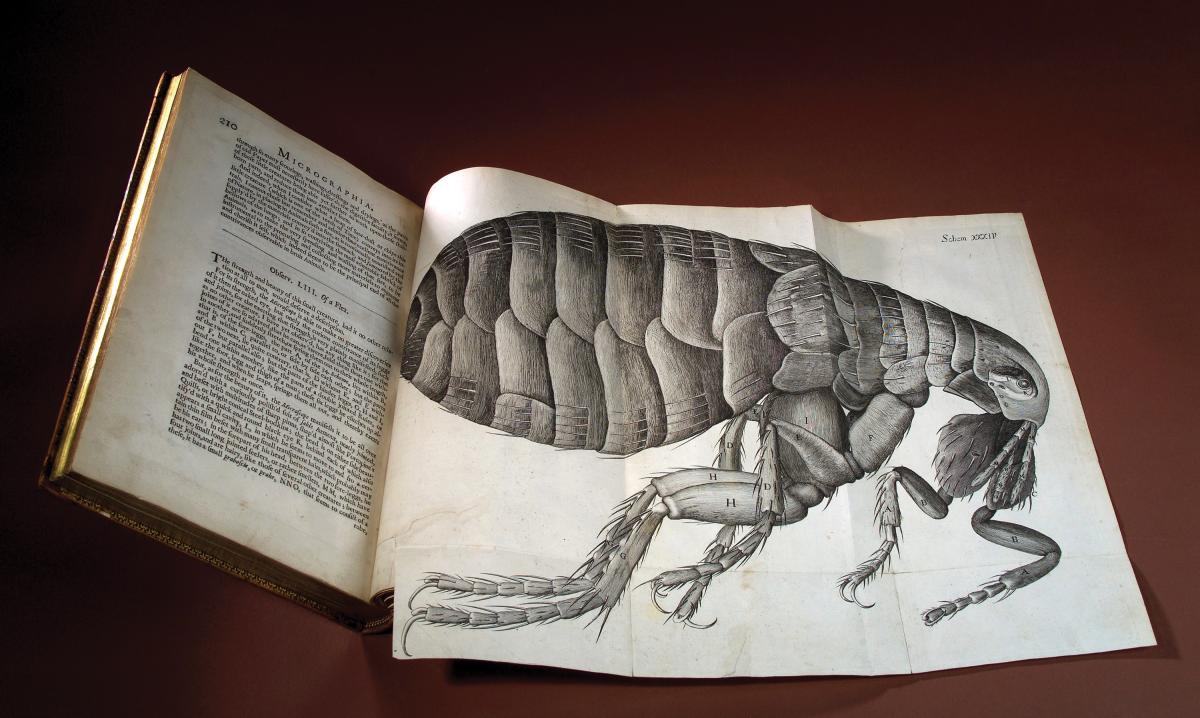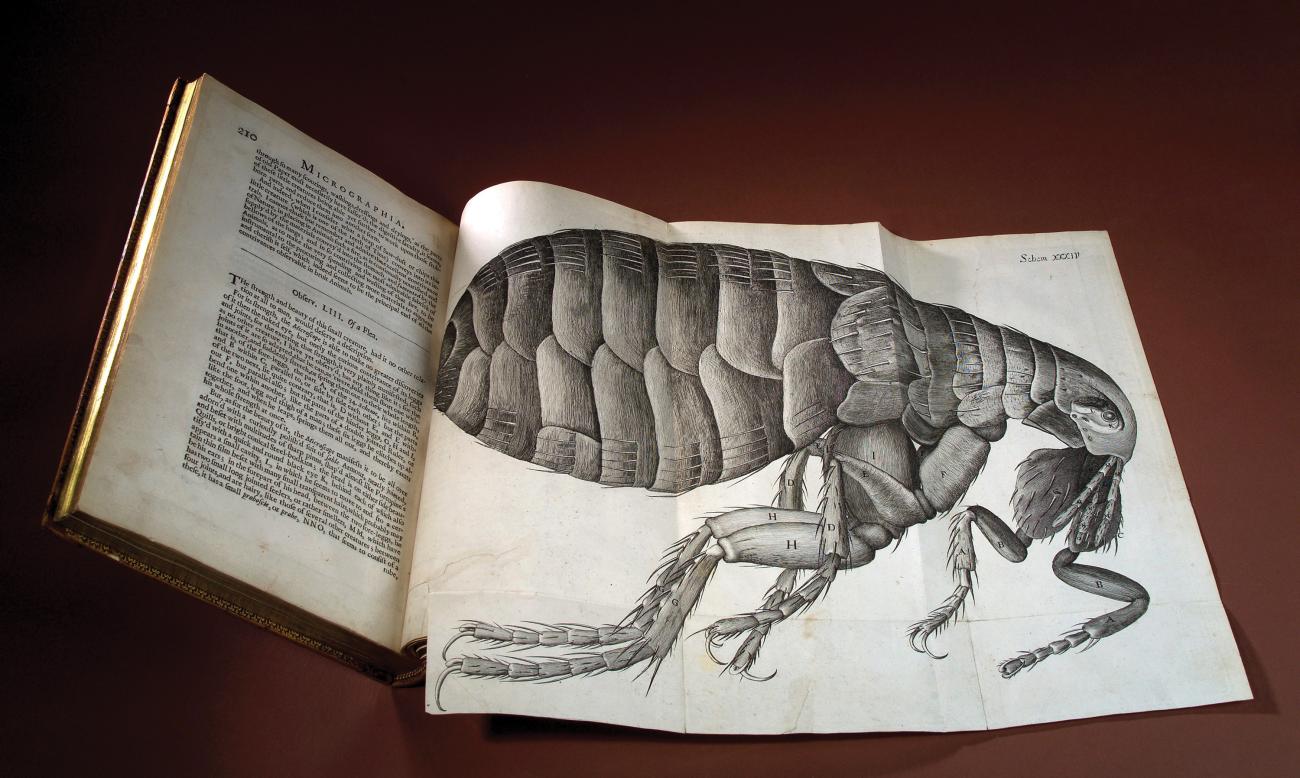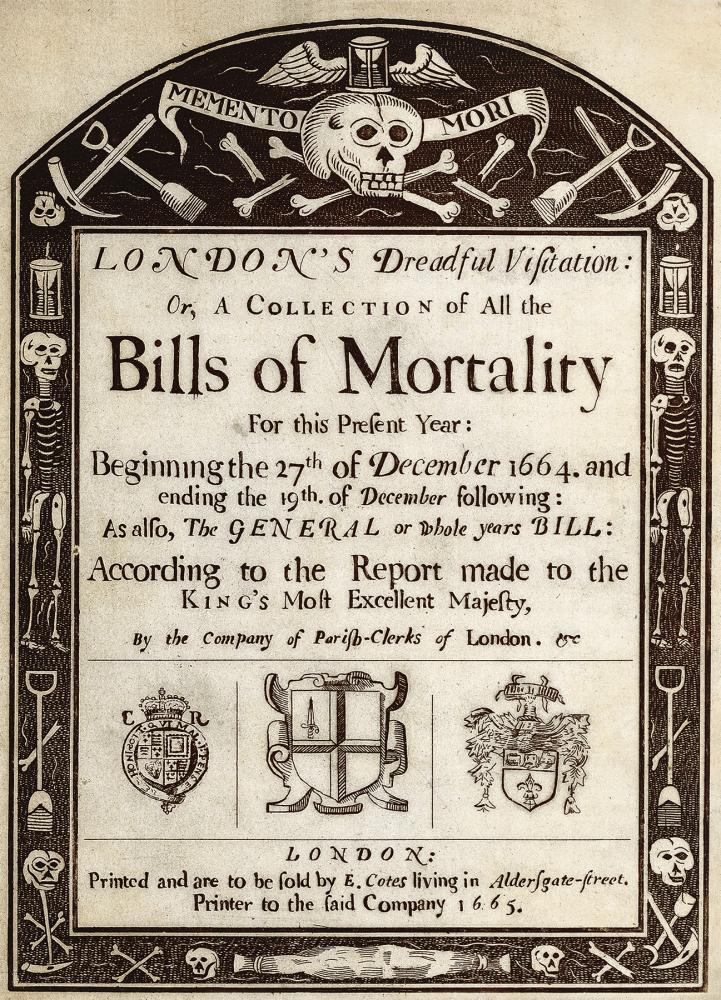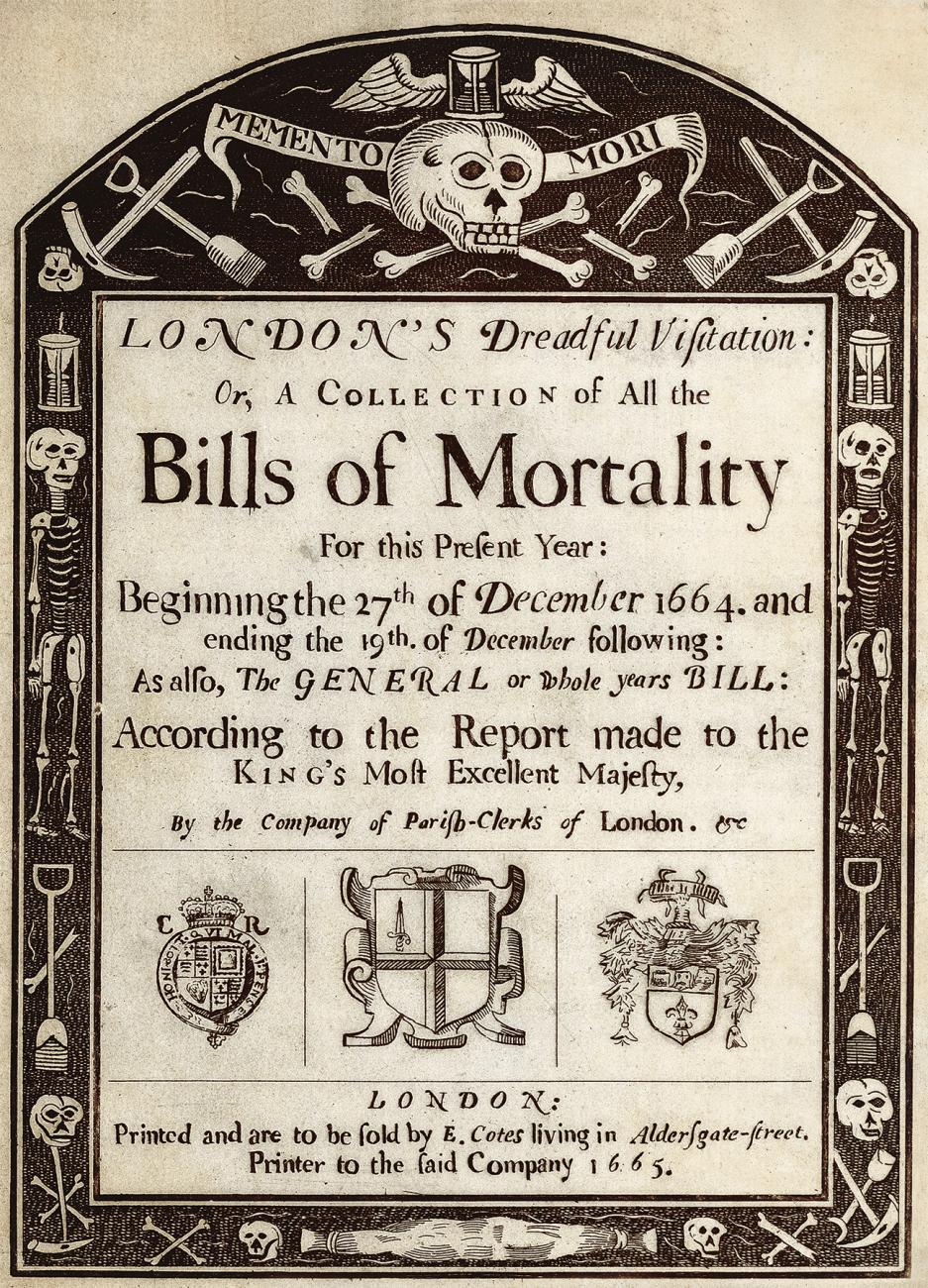In 1951, New York writer Helene Hanff fired off a letter of complaint to Marks & Co., a bookshop at 84 Charing Cross Road in London that often sold her secondhand copies of the classics through the mail.
Hanff was unhappy with the abbreviated edition of the seventeenth-century diary of Englishman Samuel Pepys she had received, lamenting that it was too short to do him justice. “I will make do with this thing,” she noted with what seemed an almost audible sigh, “until you find me a real Pepys.”
It’s a memorable passage from 84, Charing Cross Road, the acclaimed 1970 collection of Hanff’s correspondence with her cherished bookseller across the Atlantic, which was later adapted for stage and screen.
In her embrace of Pepys (pronounced “peeps”), we can see a model for Hanff’s own writing, which had a Pepysian alertness to the dramatic possibilities of what we prosaically—and perhaps often mistakenly—call “everyday life.” With her commentaries on the characters of her Gotham neighborhood and her miniature portraits of the Big Apple streetscape, Hanff (1916–1997) was essentially doing for New York what Pepys did for period London, rendering history in the lively lowercase realities of food and fellowship, commerce and sickness, the shifting weather and the march of the seasons.
Pepys’s diary, which he wrote from 1660 to 1669, spans nine volumes in its definitive edition and has long been considered a classic of English literature. Literary commentator James Mustich, echoing a view shared by many, calls Pepys’s creation “beyond question the greatest diary in the English language.” The diary, says Mustich, “is a remarkably candid self-portrait, replete with revelations of habits such as his frequent book buying, his short-lived New Year’s resolutions, and his constant pursuit of amorous dalliance, with consequent marital friction. It also offers a fascinating day-by-day picture of life in England’s capital during an era that included the Restoration of King Charles II and the Great Plague of 1665.”
In its record of the ebb and flow of a decade in the career of a British bureaucrat rising through the ranks, Pepys’s diary is a monument to the mutability of human existence. “Pepys lets us know,” says biographer Claire Tomalin, “that each of us inhabits a perpetually fluctuating environment, and that we are changed, moved and sometimes controlled by our inner tides and weather fronts even when we are most engaged in official functions. Committee meetings, office life and relations with colleagues are laid out in all their bristling competitiveness, jealousies, fears, pomposities, backbiting and disappointments.”
From Pepys to Hanff to modern-day bloggers who copiously transcribe daily doings into an ongoing record of personal experience, we can see Pepys as a pioneer in a popular literary tradition—a man who, in reporting his intimate history, left his mark on the future of the culture.
In declaring her desire for the real Pepys nearly seven decades ago, Hanff was pining for something that, at the time, still remained elusive. When the diary was first published in 1825, more than a century after Pepys’s death, it appeared in a heavily censored form, with many salacious passages removed to accommodate nineteenth-century tastes. Published in full for the first time by scholars Robert Latham and William Matthews between 1970 and 1983, the unexpurgated diary underscored a darker side of Pepys.
Introducing a selection from the Latham-Matthews edition published by Everyman’s Library last year, Kate Loveman, an associate professor of English at the University of Leicester, identifies Pepys’s conduct with women as one “of his most repellent traits, since his sexual pleasures were often predatory.”
As Loveman makes clear, even by the standards of his day, Pepys’s treatment of women was often beyond the norm. “Although he had some eager partners,” she writes, “Pepys frequently targeted girls and women who could not easily refuse his advances. Other records of the time suggest that Pepys’ tendency to target female servants was not unusual. Nonetheless much of his behavior would have been regarded as repugnant, even as criminal, by his contemporaries, had it become known.”
In an incident that is difficult to interpret as anything but rape, Pepys recounts entering the home of a ship’s carpenter—a man very much under his control, since Pepys was a naval official—and noting that, after a struggle, “finally I had my will of her.” His only recorded regret is “a mighty pain” in his finger, which he injured during the apparent assault.
The victim, identified only as Mrs. Bagwell, had been instructed to offer herself to Pepys by her husband, who thought it would help his advancement. “The story,” notes Tomalin, “is a shameful one of a woman used by two bullies: her husband, hoping for promotion, and Pepys, who was to arrange it. Pepys did not present it in quite those terms, but it is clearly how it was.”
Another obvious victim of Pepys’s sexual involvements beyond his household was his wife. In 1665, he had married fifteen-year-old Elizabeth St. Michel, the daughter of a French immigrant. Loveman describes the marriage as a “love match, albeit a tempestuous one.” The diary records the couple’s arguments over Pepys’s infidelities, and there were other tensions in the marriage. In an especially heated quarrel over Elizabeth’s management of the household, Pepys gave her a black eye.
The full record of Pepys’s mistreatment of women is too extensive to detail here. That grim record could fill a book—and, in fact, it has. In The Dark Side of Samuel Pepys, author Geoffrey Pimm explores Pepys’s predations at length, drawing on the diarist’s own accounts of his misdeeds to build the case against him. Pepys, writes Pimm, “faithfully recorded acts of moral turpitude that in later centuries might have caused his name to be blazoned across the newspapers and in some instances, most probably lead him to be arraigned in the courts.”
Pepys’s personal demons resonate with particular urgency today in the wake of a #MeToo movement driven in large measure by revelations that prominent figures in the creative community have been involved in sexual misconduct. A question raised by allegations of wrongdoing against filmmakers, actors, and musical performers also surfaces in connection with Pepys: Is it possible to condemn the villainies of an artist touched by deep moral lapses while also admiring his art?
Pepys was a moral mess of a man who lived—and, to a large degree, thrived—in a particularly messy time. “When Samuel Pepys began his diary in 1660, he was a minor government clerk, struggling to pay his rent and watching anxiously as the last of England’s republican regimes collapsed,” Loveman tells readers.
When he ended his diary nine years later, he was a wealthy and powerful naval administrator whose expertise was valued by Charles II. The intervening years had seen a succession of national celebrations and disasters: the restoration of the monarchy, the Great Plague, the Great Fire of London, and a punishing naval war with the Dutch. Pepys vividly records his experience of living through these events, along with eyewitness accounts that he obtained through his wide network of contacts.
Pepys’s rise to prominence was all the more striking given his humble origins. Samuel Pepys was born in London on February 23, 1633. His father was a poor tailor, and his mother had been a domestic servant. Although the extended family’s finances had once been “substantial enough,” as scholar O. F. Morshead puts it, “things were different in Pepys’ childhood, when his improvident father was struggling to cope with the eleven children with which fortune had blessed him.”
A scholarship to Cambridge helped propel Pepys’s career. After leaving the university, he went to work for his cousin, Sir Edward Montagu, who headed the navy. Pepys gained a reputation as a successful administrator. If he had never written a word of his diary, he’d have a place in history for reforming and strengthening his nation’s fleet.
“Much of the little good that is set down to James the Second,” Robert Louis Stevenson observed, “comes by right to Pepys. . . . To his clear, capable head was owing somewhat of the greatness of England on the seas.”
As Pepys rose in government, he grew much wealthier. In a diary entry from January 1, 1664, he celebrates “the best New Year’s gift that ever I had”—an “extraordinary” financial payment from a man Pepys had helped get a business deal with the navy. Loveman notes that in the seventeenth century, ethical lines regarding what constituted a bribe were less clear.
Living well, in Pepys’s household, meant accumulating an extensive personal library, which included books, manuscripts, and English ballads. His passion for collecting was part of a lifestyle that depended on steady infusions of cash. Money—the getting of it, the spending of it, the lack of it—is an abiding theme of his diary.
“This morning came home my fine camlet cloak, with gold buttons, and a silk suit,” he writes on July 1, 1660, “which cost me much money, and I pray to God to make me able to pay for it.”
Pepys’s diary entries often originated from records of his expenses he kept throughout the day. That reality informs his literary sensibility, which, at its worst, can seem the expression of an accountant rather than an artist. In Pepys’s diary, writes literary critic Michael Dirda, he “is very much a man of accounts, in his work as a secretary to the Naval Board, in his close attention to his household funds and in his depiction of his own life. . . . Even when printed as regularized English, the prose sounds like shorthand.”
This sense that Pepys is noting things exactly as he sees them, with few evasions, really stood out to Stevenson, who was a big fan of the diary. Stevenson, writing in 1881, notes a passage that apparently escaped nineteenth-century censors of the work, in which Pepys reveals that he’s bought a copy of L’escholle des Filles, an erotic work of fiction, in an inexpensive binding “because I resolve, as soon as I have read it, to burn it, that it may not stand in the list of books, nor among them, to disgrace them, should it be found.”
Thus do we hear of Pepys’s plan to burn a compromising book so it won’t be found in his library, even though his library includes the diary in which he records the purchase and his plans to conceal it. It’s as if Pepys can’t suppress his compulsive candor. “Here, then,” Stevenson writes of Pepys, “we have the key to that remarkable attitude preserved by him throughout his Diary, to that unflinching—I had almost said, that unintelligent—sincerity which makes it a miracle among human books.”
Pepys’s willingness to render himself so unsparingly throughout much of his diary, even in chronicling moral depravities, inclines us to accept the accuracy of his observations on other topics. He was an astute amateur journalist, propitiously placed to record several iconic events in English history, including the Great Plague of London and the Great Fire of London. “What he was doing in such reporting,” notes Tomalin, “was more significant than may appear at first glance, because the censorship imposed by the government of Charles II ensured that there were no newspapers at this period except for a single government-controlled information sheet, the London Gazette. It meant that no proper record of public events was being kept, and even parliamentary debates were not allowed to be reported.”
Pepys’s unrestricted accounts of such urban disasters are critical historical texts, and often quite compelling ones. When inspired by a subject, he engaged an eye for the small but dramatic detail. In chronicling the 1666 conflagration that destroyed about 85 percent of the City of London, Pepys notes, for example, that even the birds suffered. The “poor pigeons I perceive were loath to leave their houses,” he writes, “but hovered about the windows and balconies till they were some of them burned, their wings, and fell down.”
A year after a bubonic plague swept London in 1665, killing, by one estimate, 15 percent of the population, Pepys mentioned going through a church cemetery piled so high with graves that “I was much troubled at it, and do not think to go through it again a good while.”
Though Pepys’s descriptions of the cataclysms of his day get the most attention from readers, his diary is a reminder that history isn’t just a pageant of Great Events. What his diary captures best is the sheer dailiness of existence—the way that ostensibly ordinary days string together like beads to make a month, a year, a decade. “So home and to supper and to bed,” he mentions on November 12, 1662, in a common sign-off for the day. On December 31, 1661, like many a person then and now facing the post-Christmas blahs, he wonders whether he spent too much, and whether the New Year might be time for fiscal restraint, and restraint in general. “I have newly taken a solemn oath about abstaining from plays and wine,” he writes.
“Home, and, being washing-day, dined upon cold meat,” he comments on April 4, 1666. The diary’s chronicle of the quotidian might sound like a formula for boredom, and parts of it can be, as life can be, boring. But dipping into the diary, a patient reader can fall into its trance of time, seeing how Pepys works through his years, and how the years, in their almost imperceptible way, work on him—and, by extension, us.
In the diary, we see Pepys’s slow march toward mortality. He had started the diary on January 1, 1660, apparently as a kind of New Year’s resolution. He concluded it with regret on May 31, 1669, mistakenly believing that he was going blind and would soon not be able to write. Once Pepys stopped his diary, the habit of writing it was permanently broken, though he lived until May 26, 1703.
Readers and scholars have speculated about whether Pepys assumed any audience for his diary beyond himself. What we do know is that he left his entire library, including the diary, to Magdalene College, Cambridge. His care in preserving it suggests that he knew someone would read it. Pepys’s rather weak efforts to mask its scandalous passages in a mix of foreign languages could not, he well knew, disguise his secrets for the ages.
Pepys saw the end of his diary as a kind of death, lamenting that its conclusion was “almost as much as to see myself go into my grave.” In writing the diary, though, Pepys claimed a place in posterity, the life he translated to the page speaking across centuries to new generations of readers.
What Pepys has to tell us can be disturbing, his pathologies as distressingly current as the morning headlines. In disclosing his darkest corners, Pepys invited us to consider our own. Stevenson suggested as much in summing up Pepys’s legacy: “The bald truth about oneself, what we are all too timid to admit when we are not too dull to see it, that was what he saw clearly and set down unsparingly.”

